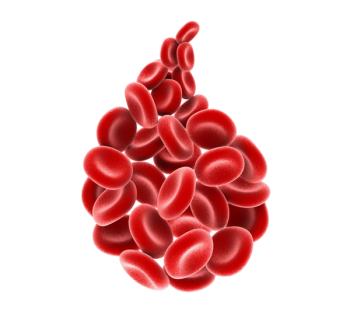
Highlighting “Trickle-Down” Progress in Developing Rare Lymphoma Treatment
CAR T-cell therapy initially developed for mantle cell lymphoma was subsequently assessed in marginal zone lymphoma.
Andrew D. Zelenetz, medical director of quality informatics at Memorial Sloan Kettering Cancer Center, spoke with CancerNetwork® about challenges related to treating rare lymphomas. He particularly discussed the “trickle-down” progress of drug development, whereby drugs are assessed in rarer disease subtypes only after eliciting efficacy in a more common type.
Zelenetz began by distinguishing types of lymphomas that meet or do not meet the definition of a rare lymphoma before suggesting that when considering all lymphoma subtypes together, they constitute a relatively common malignancy.
He then highlighted a scenario whereby developers of a chimeric antigen receptor (CAR) T-cell therapy, lisocabtagene maraleucel (liso-cel; Breyanzi), initiated the phase 2 TRANSCEND FL (NCT04245839) study evaluating the agent in marginal zone lymphoma (MZL), a rare lymphoma subtype, only after its efficacy was established in the phase 1 TRANSCEND NHL 001 (NCT02631044), which evaluated the treatment in mantle cell lymphoma (MCL).1,2 Zelenetz concluded by giving credit to the study investigators for evaluating the agent in MZL despite their initial focus on MCL.
Transcript:
It is important to ask, “What is a rare lymphoma?” It turns out that almost every lymphoma is a rare lymphoma, with only a couple of exceptions. Diffuse large B-cell lymphoma does not meet the definition of a rare lymphoma. [Neither does follicular lymphoma or chronic lymphocytic leukemia]. However, when you think about T-cell lymphomas, T-cell lymphomas are not one thing; they are many different things. One of the problems is that we view it as one thing, but T-cell lymphomas, in total, come close to meeting the definition of a rare disease. Individually, they are all rare diseases. When you lump all lymphomas, it ends up being high on the list of common malignancies.
The problem is that if you deal with real patients, [they do not] have generic lymphoma; they have the individual subtypes. That is a real challenge that we have. We have made progress. Unfortunately, some of the progress is trickle- down, meaning that drugs have been identified for more common entities and then finally get tested [for rarer lymphoma subtypes]. A good example is the use of CAR T cells because there is an example where…a company was able to spin off what they have been doing for other diseases.
[Juno Therapeutics of Bristol Myers Squibb] happened to already collect cells and make their product in a way that they already had a [T-cell] separation step, so they did not need to do anything special. But they said, “Oh, we have an opportunity. Let’s take our drug and give it to some [patients with MCL].” But I have to give them credit because, again, they specifically went after MCL as an entity, and they were able to also go after another relatively rare lymphoma, marginal zone lymphoma. Although they do not have approval there yet, there are studies ongoing. It is because the product is always made in a way that separates the T cells from the other cells.
References
- A study to evaluate the efficacy and safety of JCAR017 in adult subjects with relapsed or refractory indolent B-cell non-Hodgkin lymphoma (NHL) (TRANSCEND FL). ClinicalTrials.gov. Updated April 29, 2025. Accessed May 5, 2025. https://tinyurl.com/286pzhac
- Wang M, Siddigi T, Gordon LI, et al. Lisocabtagene maraleucel in relapsed/refractory mantle cell lymphoma: primary analysis of the mantle cell lymphoma cohort from TRANSCEND NHL 001, a phase I multicenter seamless design study. J Clin Oncol. 2023;42(10):1146-1157. doi:10.1200/JCO.23.02214
Newsletter
Stay up to date on recent advances in the multidisciplinary approach to cancer.


















































































